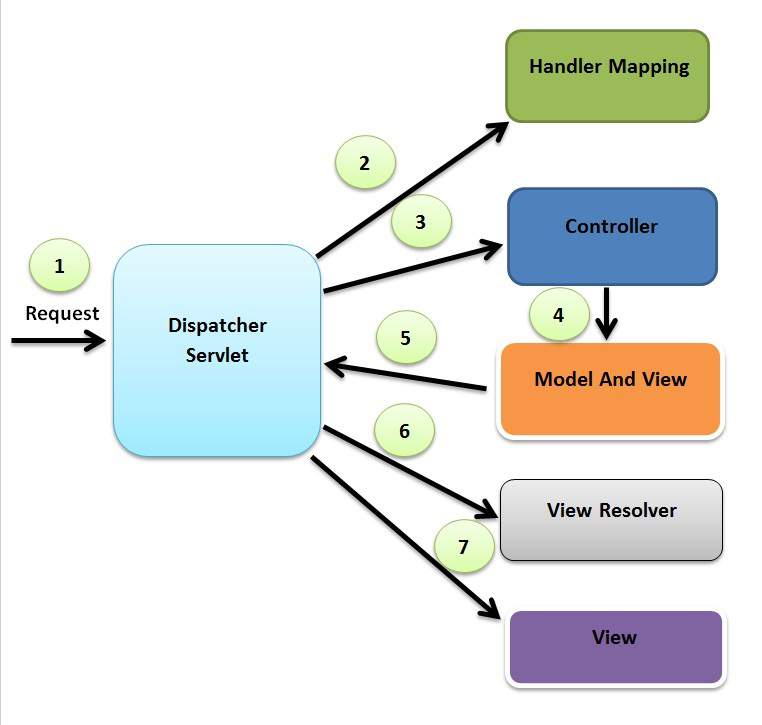Exception Handling in JSP
- By Using Error Page
- By Using PageContext
- By Using Try…Catch Block
- Specifying default error page in the web.xml
Using Error Page
To set up an error page, use the <%@ page errorPage="xxx" %> directive
<%@ page errorPage="ShowError.jsp" %>
<html>
<head>
<title>Error Handling Example</title>
</head>
<body>
<%
// Throw an exception to invoke the error page
int x = 1;
if (x == 1)
{
throw new RuntimeException("Error condition!!!");
}
%>
</body>
</html>
Error-handling page includes the directive <%@ page isErrorPage="true" %>. This directive causes the JSP compiler to generate the exception instance variable.
<%@ page isErrorPage="true" %>
<html>
<head>
<title>Show Error Page</title>
</head>
<body>
<h1>Opps...</h1>
<p>Sorry, an error occurred.</p>
<p>Here is the exception stack trace: </p>
<pre>
<% exception.printStackTrace(response.getWriter()); %>
</pre>
</body>
</html>
Using JSTL tags in PageContext
<%@ taglib prefix="c" uri="http://java.sun.com/jsp/jstl/core" %>
<%@page isErrorPage="true" %>
<table width="100%" border="1">
<tr valign="top">
<td width="40%"><b>Error:</b></td>
<td>${pageContext.exception}</td>
</tr>
<tr valign="top">
<td><b>URI:</b></td>
<td>${pageContext.errorData.requestURI}</td>
</tr>
</table>
Using Try Catch Block:
<html>
<head>
<title>Try...Catch Example</title>
</head>
<body>
<%
try{
int i = 1;
i = i / 0;
out.println("The answer is " + i);
}
catch (Exception e){
out.println("An exception occurred: " + e.getMessage());
}
%>
</body>
</html>
Specifying default error page in the web.xml
web.xml
<error-page>
<error-code>404</error-code>
<location>/error404.html</location>
</error-page>
Sample.jsp
<%@ page errorPage="error.jsp" %>
<%
String s=null;
s.length();
%>
error.jsp
<%@ page isErrorPage="true" %>
<%= exception.getMessage() %>
